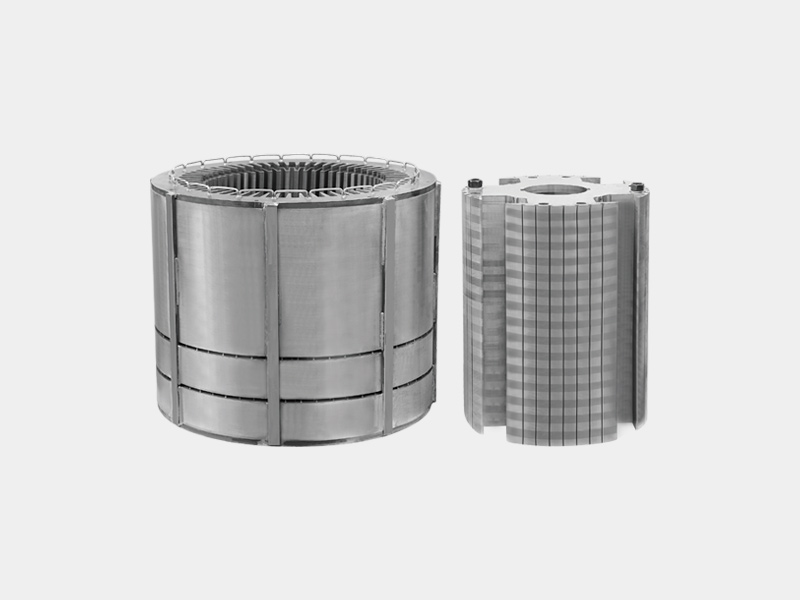Introduction
Proper motor rotor alignment is a critical aspect of maintaining the efficiency, reliability, and longevity of rotating machinery. Misalignment, even in small degrees, can lead to excessive vibration, increased energy consumption, premature bearing failure, and costly downtime. In industrial applications, motors are often coupled to pumps, compressors, fans, or other driven equipment, making precise alignment essential for optimal performance. This article explores the significance of proper rotor alignment, common types of misalignment, their consequences, and best practices for achieving and maintaining alignment.
Understanding Motor Rotor Alignment
Motor rotor alignment refers to the precise positioning of the motor shaft relative to the driven equipment’s shaft. Proper alignment ensures that the rotational forces are transmitted smoothly without introducing unnecessary stress or wear on components. There are two primary types of misalignment:
1. Parallel Misalignment: Occurs when the motor and driven shafts are parallel but offset horizontally or vertically.
2. Angular Misalignment: Occurs when the shafts are not parallel and meet at an angle, causing uneven load distribution.
In many cases, misalignment is a combination of both types, making correction more complex.
Consequences of Improper Alignment
1. Increased Vibration
Misalignment causes uneven forces on the shafts, leading to excessive vibration. Over time, this vibration can damage bearings, seals, and couplings, and may even affect nearby equipment.
2. Higher Energy Consumption
Misaligned motors must work harder to overcome resistance, increasing energy usage. Studies show that even minor misalignment can raise energy consumption by 10-15%.
3. Premature Bearing Failure
Misalignment places additional stress on bearings, leading to overheating and accelerated wear. This is one of the most common causes of motor failure.
4. Coupling Wear and Tear
Flexible couplings can compensate for slight misalignment, but excessive misalignment causes them to degrade faster, requiring frequent replacements.
5. Reduced Equipment Lifespan
Continuous operation under misaligned conditions shortens the lifespan of motors and driven equipment, leading to higher maintenance and replacement costs.
Methods for Achieving Proper Alignment
1. Straightedge and Feeler Gauge Method
A basic but effective technique for rough alignment checks. A straightedge is placed across coupling halves to detect parallel misalignment, while a feeler gauge measures gaps for angular misalignment.
2. Dial Indicator Alignment
A more precise method using dial indicators to measure shaft positions in both horizontal and vertical planes. This technique is widely used for high-precision applications.
3. Laser Alignment Systems
Modern laser alignment tools provide highly accurate measurements and real-time feedback. They are faster and more reliable than manual methods, especially for large or complex machinery.
4. Thermal Growth Considerations
Equipment may expand or contract due to temperature changes during operation. Proper alignment accounts for thermal growth to prevent misalignment once the system reaches operating temperature.

Best Practices for Maintaining Alignment
1. Regular Inspections
Schedule periodic alignment checks, especially after maintenance or when vibration levels increase.
2. Proper Installation
Ensure the motor and driven equipment are mounted on a stable, level base to prevent initial misalignment.
3. Use of Flexible Couplings
While flexible couplings can tolerate minor misalignment, they should not be used as a substitute for proper alignment.
4. Training and Documentation
Train maintenance personnel in alignment techniques and keep records of alignment measurements for trend analysis.
5. Monitor Vibration and Temperature
Implement condition monitoring systems to detect early signs of misalignment, such as abnormal vibration or bearing temperature rises.
Conclusion
Proper motor rotor alignment is not just a maintenance task—it is a fundamental requirement for efficient and reliable machinery operation. Neglecting alignment can lead to increased operational costs, unexpected downtime, and reduced equipment lifespan. By understanding the types of misalignment, their consequences, and employing precise alignment techniques, industries can significantly improve performance and reduce maintenance expenses. Investing in alignment tools and training ensures long-term benefits, making it a critical practice for any facility relying on rotating machinery.
Final Thoughts
In an era where energy efficiency and equipment reliability are paramount, proper motor rotor alignment stands out as a simple yet highly effective way to optimize performance. Whether using traditional methods or advanced laser systems, maintaining precise alignment should be a priority for engineers and maintenance teams alike. The effort put into alignment today pays dividends in the form of smoother operation, lower energy bills, and extended equipment life tomorrow.
By adhering to best practices and staying vigilant, organizations can avoid the pitfalls of misalignment and ensure their machinery runs at peak efficiency for years to come.

Copyright © Zhejiang Xinzheng Electromechanical Technology Co., Ltd. All Rights Reserved.
This website uses cookies to ensure you get the best experience on our website.
Comment
(0)